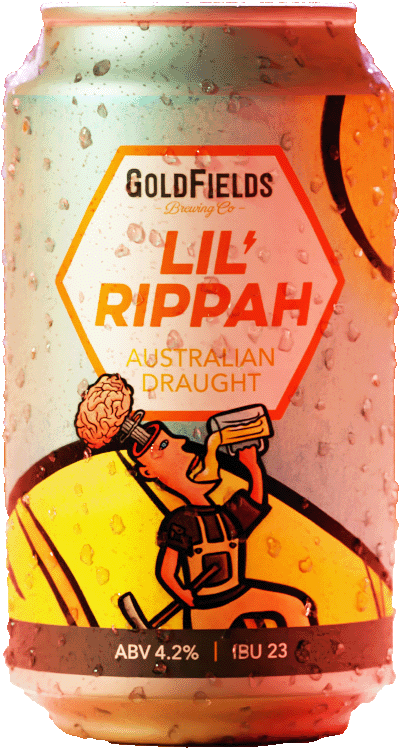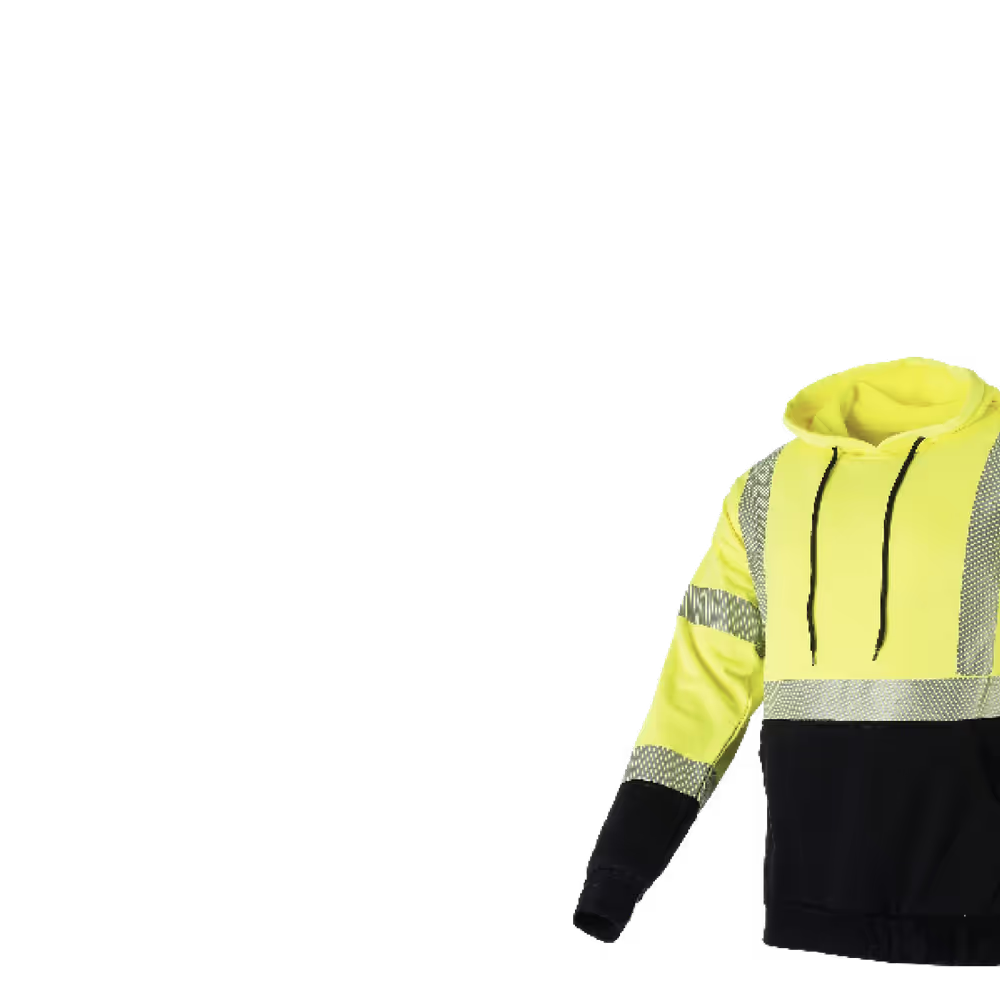In an era marked by information overload, brands are vying for attention, trying to resonate with their target audience amidst the noise. It's no longer sufficient to merely state facts or promote features (some of the Gen X readers may well remember that marketing used to hang simply on a USP); today's consumers seek deeper connections with the brands they choose. This is where the power of storytelling in brand engagement comes into play.
The role of storytelling
Stories have a unique ability to engage, inspire, and connect. They transcend the transactional nature of business, stirring emotions and nurturing relationships. In a branding context, storytelling offers an avenue for companies to share their values, purpose, and personality, facilitating more meaningful engagement with their audience.
Take Thankyou, the Australian social enterprise. Their story isn't about selling personal care products; it's about directing 100% of their profits to help end extreme poverty. Their product packaging includes a tracker ID that consumers can use to see the specific project their purchase is funding. It's a powerful narrative that resonates emotionally, fostering a deeper connection with their audience.
Applying storytelling in brand strategy
Incorporating storytelling into brand strategy is about more than narrating a company’s history or the founder's journey. It's about weaving a compelling narrative that encapsulates the brand's essence and communicates its unique selling proposition in a memorable and engaging way.
Integral to successful storytelling is ensuring that it originates from and reinforces the brand's positioning. The narrative should be a reflection of the brand's identity, values, and proposition, reinforcing what sets it apart in the market. Consistency between the brand positioning and the stories told is essential to create a coherent and authentic brand image.
Consider Koala, an Australian furniture brand. Their brand positioning is centred around quality, comfort, and conservation. Through other peoples’ storytelling in the form of Comfy Convo’s, Koala communicates the unique benefits of their products and their company values. Additionally, they add another layer to their narrative by pledging 1% of their sales to helping the planet and supporting wildlife through WWF, aligning the story with their brand positioning around conservation and making their customers part of this story.
Similarly, Whittaker's Chocolate in New Zealand leverages storytelling to emphasise its family tradition, commitment to quality, and local production, all key elements of their brand positioning. Their 'Beans to Bar' campaign beautifully narrates the journey of their chocolate, creating an emotional connection that aligns with their commitment to quality and care.
In every story these brands share, their unique brand positioning is at the heart, ensuring a seamless blend of narrative and brand identity.
Role of employees in brand storytelling
Often overlooked, employees play a pivotal role in brand storytelling. They're not just the face of the organisation but are integral characters in the brand's narrative. Empowering employees to share their experiences, perspectives, and insights can add a layer of authenticity and relatability to the brand story.
For instance, an IT company could feature stories from their engineers on the challenges and triumphs of developing a new software solution. A hospital might share narratives from their doctors and nurses, giving a human face to the institution and highlighting the compassion and dedication driving their services.
In such cases, storytelling transcends the brand-customer dynamic, incorporating internal stakeholders into the narrative. It allows the audience to see behind the corporate facade, fostering trust and reinforcing the brand's values.
Take Australian airline, Qantas, which leverages employee stories to highlight their dedication to safety and service, and their company values. From featuring their pilots in social media content to sharing behind-the-scenes stories of their ground crew, Qantas strengthens their brand narrative by showcasing the people behind their operations.
Including employees in brand storytelling not only enriches the narrative but also boosts employee engagement. It gives staff a sense of ownership and pride in the brand's story, fostering a more passionate and dedicated workforce. It's a win-win for brands, employees, and audiences alike.
The impact of digital media on storytelling
The advent of digital media has opened up new avenues for brand storytelling. It offers a canvas for brands to weave their narratives across multiple touchpoints, ensuring a cohesive and immersive brand experience.
Australian fitness icon Kayla Itsines shows how storytelling is powerful for personality-led brands. She leveraged Instagram's visual platform to narrate her fitness journey and promote her Sweat brand. By sharing transformations of her community, she built a narrative of empowerment, positioning her brand as more than a fitness program but as a supportive community inspiring women worldwide.
As the digital landscape continues to evolve, so too will the opportunities for brand storytelling. However, the core principles remain the same. It's about authenticity, consistency, and making a genuine connection with your audience.
Brands that understand this and master the art of storytelling will not only engage their audience but forge lasting relationships. It's not just about telling a story - it's about creating a narrative that your audience wants to be a part of.
.avif)








.avif)
















.avif)




















